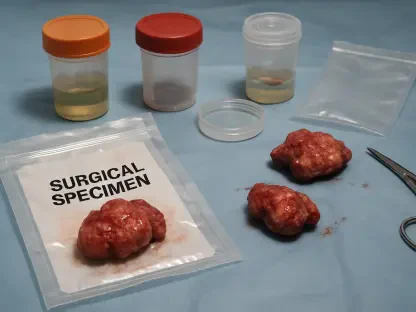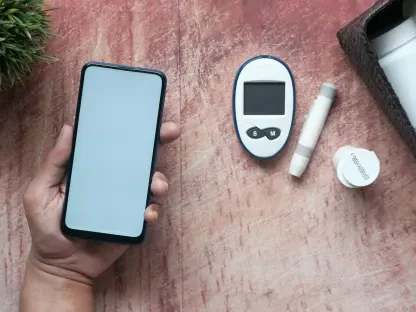Modern healthcare is a highly interconnected ecosystem where a single disruption can cascade into significant challenges affecting service delivery and patient care. In the realm of business-to-business (B2B) healthcare, proactive crisis management is indispensable, ensuring seamless functionality across pharmaceutical manufacturers, medical equipment suppliers, logistics networks, and IT systems. This guide discusses essential best practices for crisis management, emphasizing preparedness and outlining actionable strategies to safeguard operations.
Importance of Best Practices in Crisis Management
Adhering to best practices within crisis management is not merely a safeguard but a strategic necessity in today’s healthcare sector. Effective practices enhance security measures, reduce operational costs, and bolster resilience against potential disruptions. They offer a framework for identifying vulnerabilities early and developing robust responses to ensure minimal impact. The rewards include sustaining trust with stakeholders and maintaining seamless supply chains vital for healthcare delivery.
Actionable Best Practices for Crisis Management
Proactive crisis management in B2B healthcare involves implementing specialized strategies tailored to manage emergencies and ensure continuity.
Best Practice 1: Implementing the PPRR Model
The Prevention, Preparedness, Response, and Recovery (PPRR) model offers a comprehensive framework for managing crises in the healthcare supply chain. Prevention focuses on identifying risks and fortifying defenses before vulnerabilities can become threats. Preparedness involves establishing detailed plans, training personnel in crisis scenarios, and setting up contingency measures that guarantee readiness. During the Response phase, decisive actions minimize damages, ensure effective communication, and mitigate stakeholder impacts. Finally, Recovery involves analyzing past crises to refine operations and bolster future defenses.
Best Practice 2: Conducting Crisis Diagnostics and Simulations
Regular crisis diagnostics and simulations serve as vital tools in continuously assessing an organization’s preparedness. Crisis diagnostics involve detailed audits to evaluate existing plans, revealing blind spots and areas for improvement. Simulations provide dynamic training opportunities, allowing personnel to practice crisis responses in a controlled setting. These exercises enhance the decision-making skills of the team, preparing them for real-world emergencies and improving communication under pressure.
Conclusion
Proactive crisis management strategies in B2B healthcare have proven to be essential for maintaining operational stability and service delivery across a complex network. Implementing models like PPRR and engaging in frequent diagnostic audits and simulations ensures preparedness and resilience. Organizations within the healthcare sector must consider these strategies as ongoing processes, adapting to new challenges and technologies to protect against potential threats. As healthcare continues to advance, the expectation for readiness remains crucial, providing a sustainable framework for future growth and stability.









